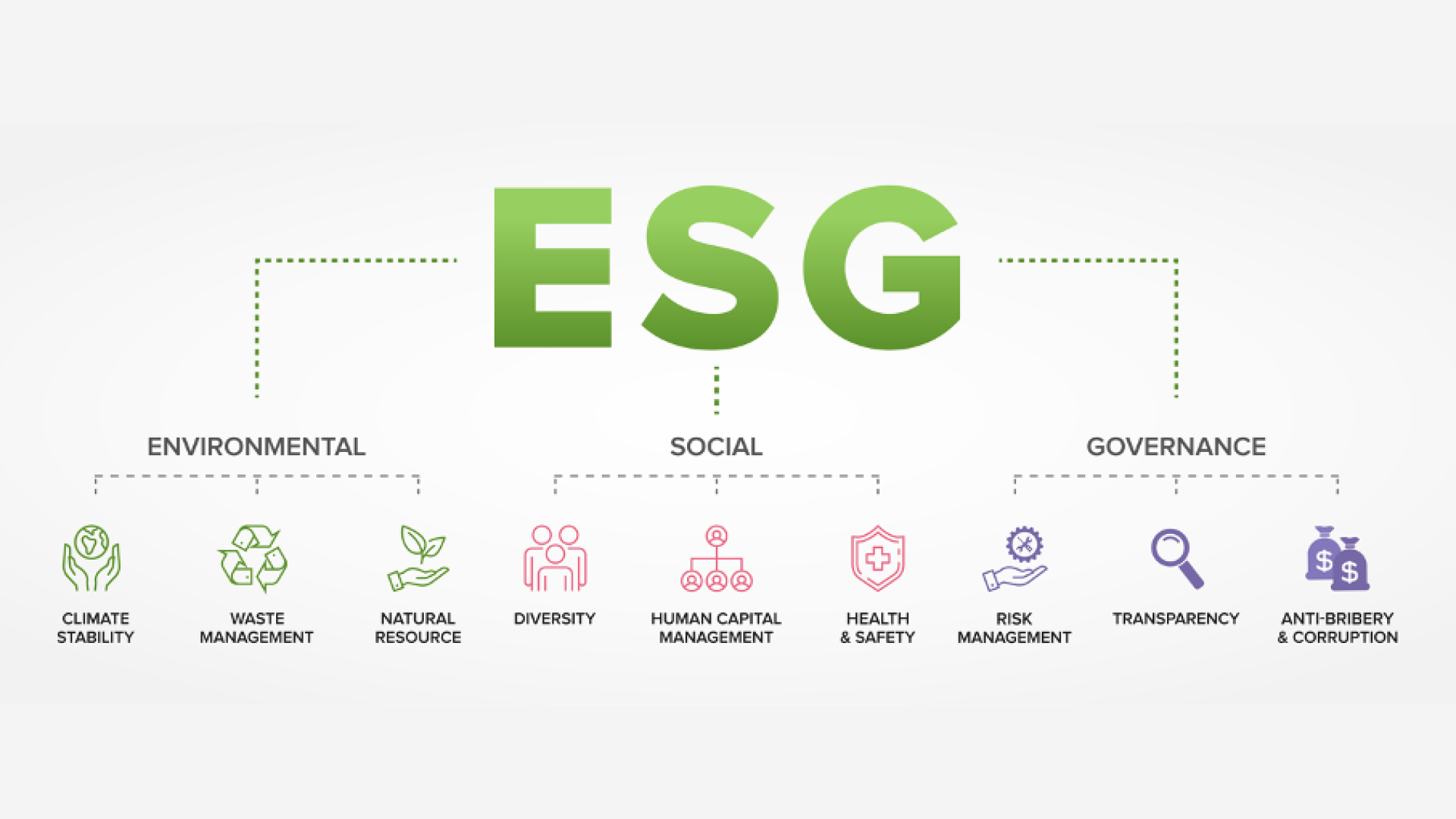What’s the difference? It’s in how you tell the story!
I’ve always thought of ESG as just a continuum of sustainability, which was just a continuum of corporate responsibility. Just another example of Shakespeare’s timelessness – ‘what’s in a name?’
Yes, it’s the ‘governance’ term for it, coined by the investment analysts. But I always felt that, in essence, the terms were interchangeable: Sustainability Report, ESG Report – same bag of goods, different packaging.
But I haven’t felt quite so confident about that duality of recent times. Just a slight unease I couldn’t put my finger on. And as far as I was concerned, it was an academic niggle – it didn’t make any practical difference to how I advised clients about this part of their reporting strategy or practice.
And then, thunderclap. You come across something that tells you others have been having parallel thoughts. And better still, have put their finger on the issue! That while Sustainability and ESG might essentially be the same, how you express the information to your audiences will very likely unfold differently depending on which lens you were looking through when you started.
And here’s the opportunity - you’ve got to communicate it right. As we always say here at Insight, start with your audience and reframe how you talk with different stakeholder groups accordingly. With annual reporting now firmly multi-stakeholder, we find ourselves talking to employees, consumers and media as much as we are to investors. And the first three of those care about environmental and social issues, less about governance, and are generally unfamiliar (around 64%) with the term ESG.
New research from Fordham University Gabelli School of Business highlights the disconnect between formal ESG initiatives and what readers actually desire. It shines a light on how to make ESG metrics and reporting more relevant to non-investor audiences: people are willing to reward companies with greater purchases, or positively consider working for them, if they are informed with stories on their ESG efforts – and that differs from the way ESG investors use the data.
The problem, therefore, is that many companies are getting the communication part wrong.
“Consumers want companies to align with their values and address systemic environmental and social problems, but for it to matter to them, they want to be made aware of firms’ ESG-related initiatives and given compelling reasons to care through anecdotal stories,” said Lerzan Aksoy, Ph.D., interim dean and professor of marketing at the Fordham University Gabelli School of Business. “Overall, consumers are yearning for more than just data, which demonstrates that ESG information used by investors is unlikely to be persuasive for consumers.”
“The reality is that sustainability and corporate social responsibility are inherently easier concepts for consumers to understand and embrace than are the environmental, social and governance labels. Consumers want stories based on evidence that personally resonates with them.”
So, there are lessons here about converting the ESG frame of mind to a narrative form that most stakeholders can relate to more easily. The bottom line is that today’s corporate report is looked to by all stakeholders, not just professional investors, and they need the drier information interpreted for them into accessible stories.
Which default lens are you looking through when curating your ESG information for your annual report – the ESG one or the hearts and minds one?

